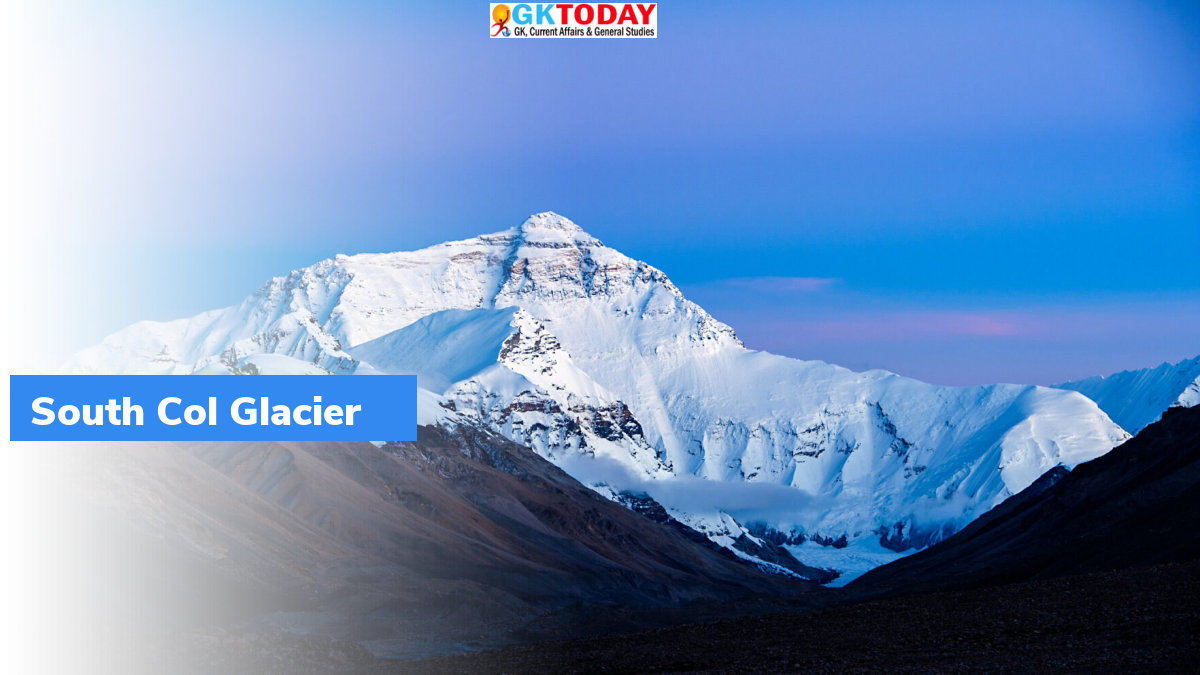Loss of Ice in South Col Glacier
A new study highlighted that, Ice on a glacier near the summit of Mount Everest has shrunk dramatically, in last three decades. Research was led by University of Maine and published by Nature.
Key Points
- Summit of Mount Everest took millennia to form.
- South Col formation may already have about 55 metres (180 feet) of thickness in last 25 years.
- As per carbon dating, top layer of ice was about 2,000 years old. It suggests that, glacier was thinning 80 times faster than the time it took to form.
- With this rate, South Col is probably going to disappear within few decades.
- Researchers also noted that, Himalayan glaciers are melting at an accelerating rate.
What are the concerns with melting glaciers?
As the glaciers are shrinking, several lakes have formed in foothills of Himalayan mountains. It could burst and cause floods.
Significance of Himalayan Glaciers
Himalayan glaciers are a significant source of water for around two billion people living across mountains and river valleys below. These glaciers feed world’s 10 most important river systems as well as help in supplying billions of people with food and energy.
The South Col Glacier
South Col Glacier is a sharp-edged col between Mount Everest and Lhotse. It is typically swept by high winds, which leaves it free of significant snow accumulation. It is around 7,900 metres above sea level and a kilometre below the peak of world’s highest mountain.
Who reached to the South Col first?
The South Col was first reached by Lambert, Aubert, and Flory of Edouard Wyss-Dunant’s Swiss Mount Everest Expedition on 12 May 1952. The Expedition failed to reach the summit. In 1953, Wilfrid Noyce and Sherpa Annullu became the first climbers on the expedition to reach the South Col.
Month: Current Affairs - February, 2022
Category: Environment Current Affairs


